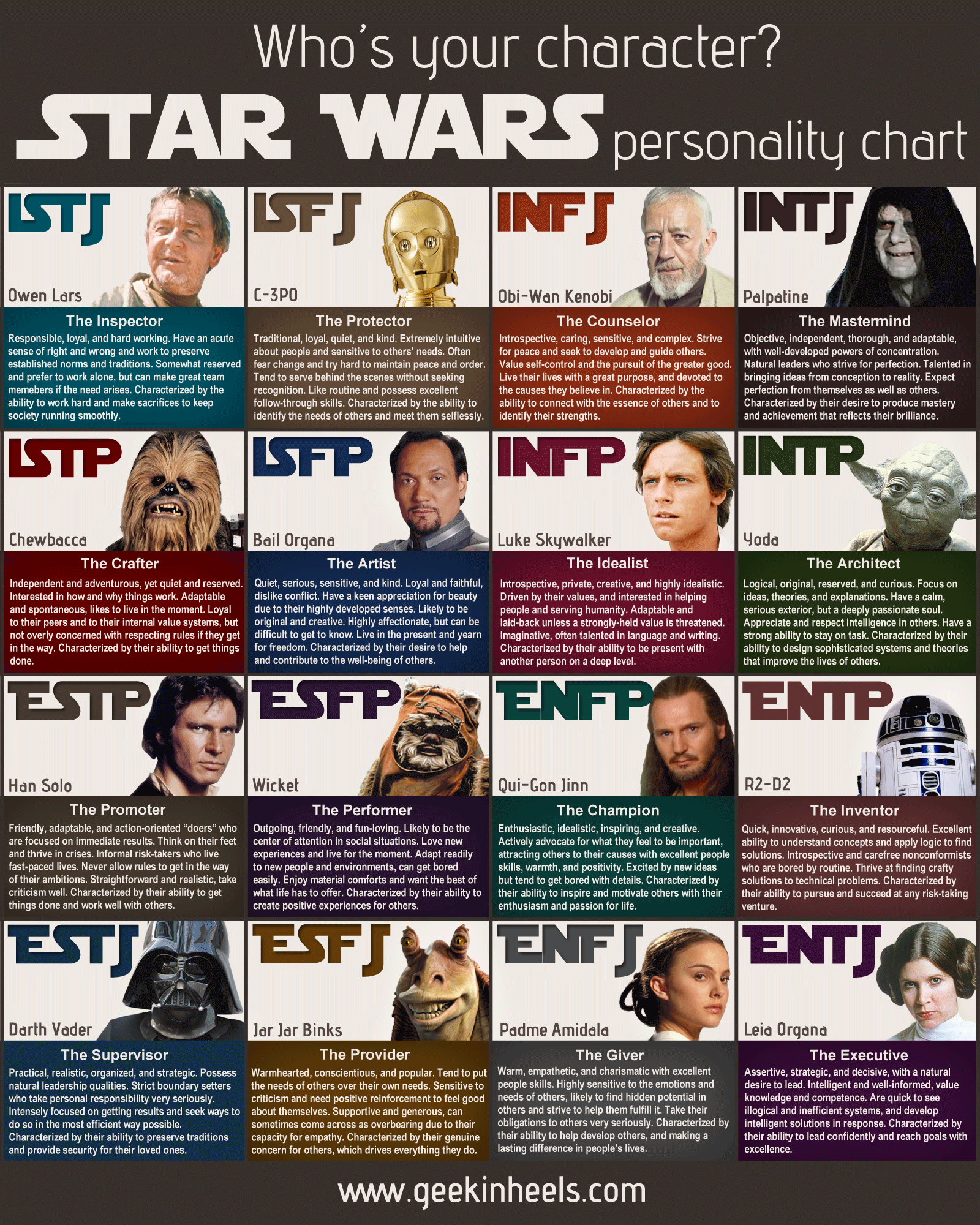Last week I wrote a story about a training exercise when I was a cadet at the Syracuse University ROTC Program (
A Walk Down to the River). At the end of the story I talk about an After Action Review (AAR). The AAR is a standard practice item for the United States Army, designed to ensure that the lessons learned are discovered, discussed and disseminated, as well as making sure that all the personnel involved know the extent of the operation and can prosper from it. Here is how the process works:
 |
| AAR from UIC.edu ROTC Program |
Attendees for the event will be the entire operation team, a note taker, and an outside impartial person. The impartial person acts as a moderator, ensuring that the conversations are beneficial, shuts-down any lines that are attacks rather than critiques, and moves the conversations forward if the topic becomes repetitive.
Generally, at the end of an operation or exercise, the Officer in Charge (OIC) will run all the participants through the activities of the operation. In most cases, there is a layout of the location where the operation takes place, where everyone can look down on the field, almost from an aerial view. A map is good, but a "sandbox" is better. A "sandbox" is a physical layout of the location, in miniature. All terrain features should be represented, and models used to show the movements of the key players involved (believe it or not, toys like little green army men work great for this). Other options are PowerPoint slides with images that show movements and activities, videos, or even page by page hand-outs. in the end the visual aides need to be usable by everyone.
Starting from the beginning the OIC talks through each stage of the process, from form-up of the unit until the completion of the operation(s) and the movement of the personnel to the AAR site. The orientation is broken into phases for future discussion, when possible. During the run through people are able to speak up to correct the facts of the event, but will not offer critiques until the course of events are complete.
After the initial orientation and order of events, then each phase is reviewed in detail, the actions discussed. At the planning portion of the phase, some common questions are: What decisions were made? Were they appropriate? What would have been good to know when making the decisions? Were there any indicators that in hind-sight should have impacted the decision making process? Was anybody / anything ignored? What additional resources would have been helpful?
During the execution / monitoring portion of the phase, some common questions are: What information became available during execution? Did it change the plan? Should it have changed the plan? What things in hind-sight were missed? Did the execution phase have the proper decisions points? What about Key Performance Indicators (KPIs)? Were the KPIs accurate? Were they correct? Should other KPIs been used?
During the end of the phase, some common questions are: Where the proper resources available throughout the life of the phase? Was the objectives of the phase accomplished? Was the communication strong enough throughout the event?
Overall, this is a fantastic tool, and I would encourage leaders to use this at the end of each phase of an event or project. The closer to the activities that occur, the cleaner the memories will be.
Second, this needs to be an open and safe environment. All personnel should be able to discuss the events, all opinions are valid and should be explored. Do not discount something said by someone who may be immature and /or lacking in experience. The lowest person of the team may have an insight that can prove valuable.
Once the AAR is complete, the findings should be published to everyone in the company, unit, team, group, whatever. These lessons need to be shared in order to prevent repeat mistakes and to allow others to learn. A good idea would be to have a quarterly newsletter of lessons learned for the group.
If there are updates to procedures required, then the OIC either is responsible for the updates, or for assigning someone else to complete the assignment. These procedural updates need to be updated quickly, so that others will have the benefit of the changes
Finally, the contribution of everyone needs to be acknowledged. This is another role of the moderator. This person, at the close of the AAR, acknowledges the contribution of all the players, identifies a couple of key assumptions, verifies follow-up assignments and deadlines, then releases the team. In the end, the moderator and the OIC will circle back around and ensure that the assignments are complete.
Overtime, I've found that this is a very valuable (if not most valuable tool), and it generated the emphasis on why
COMPLETE made it into my 4 Cs. Too often, leaders and teams will move on to the next topic, next event, or next project before analyzing what happened and growing from the experience of the last one. Without the lessons learned, you and your team are more likely to fall into the same mistakes, the same traps. If the lessons aren't published, then others cannot learn from the
events, and could trip over the same hurdles. Share the knowledge and grow. Without this process, the event isn't really
COMPLETE.




